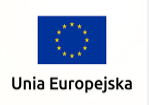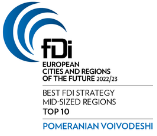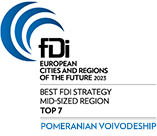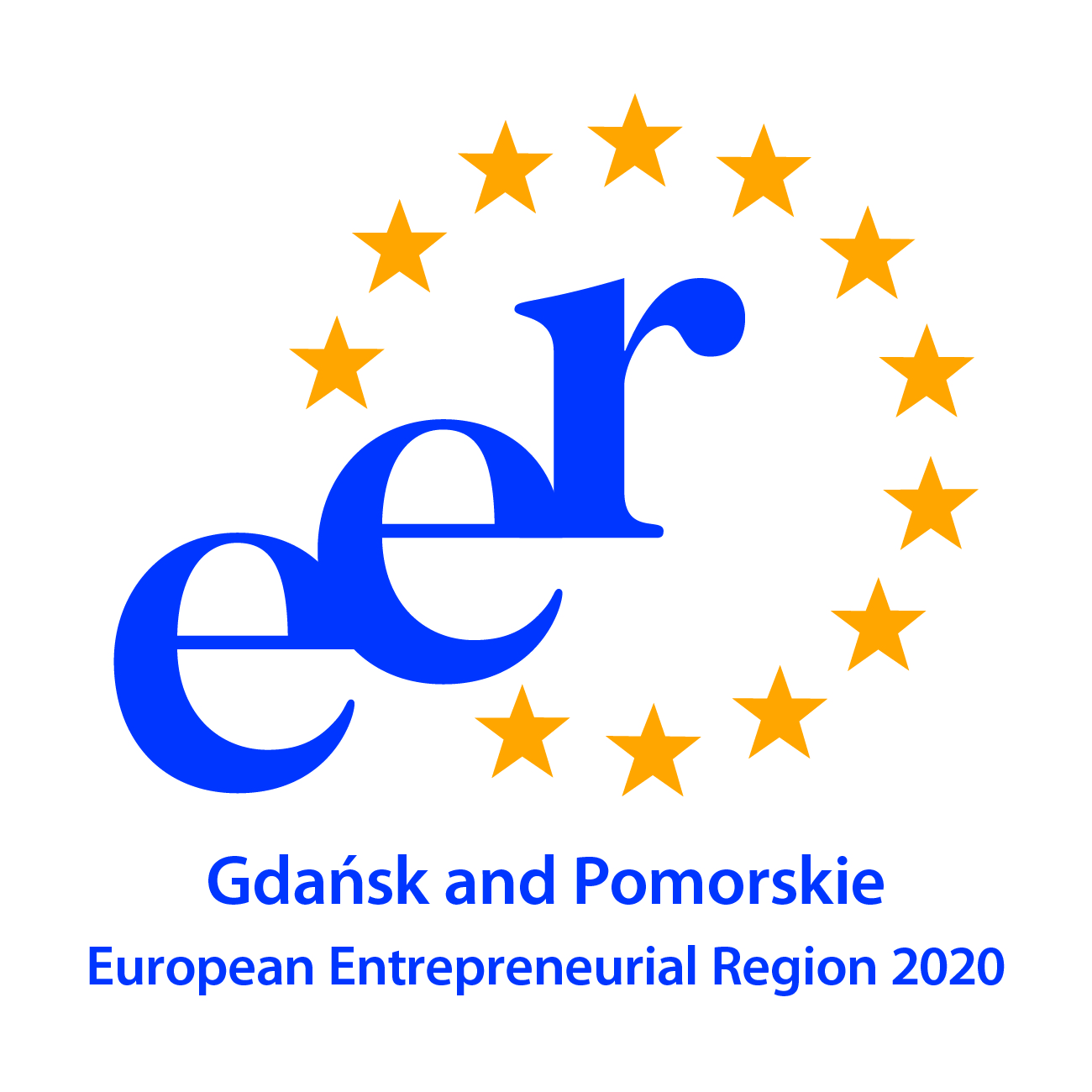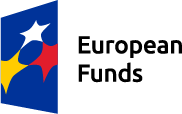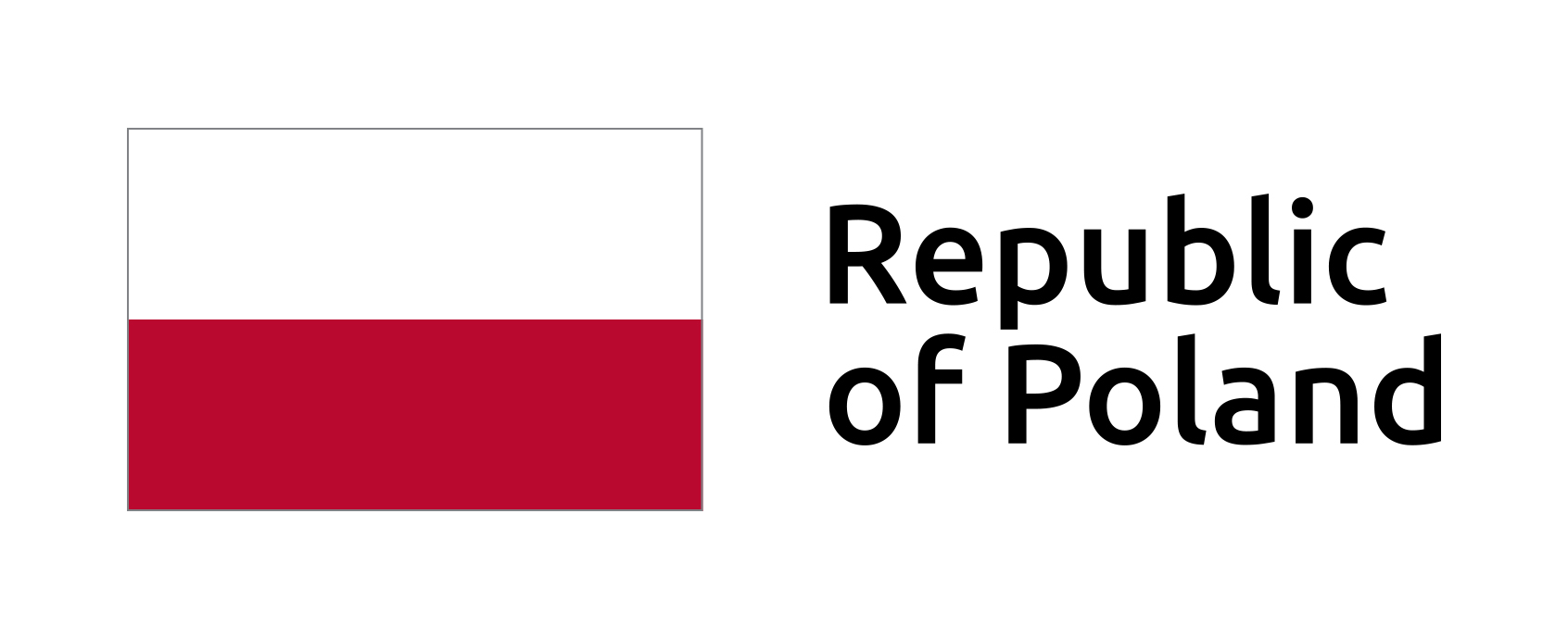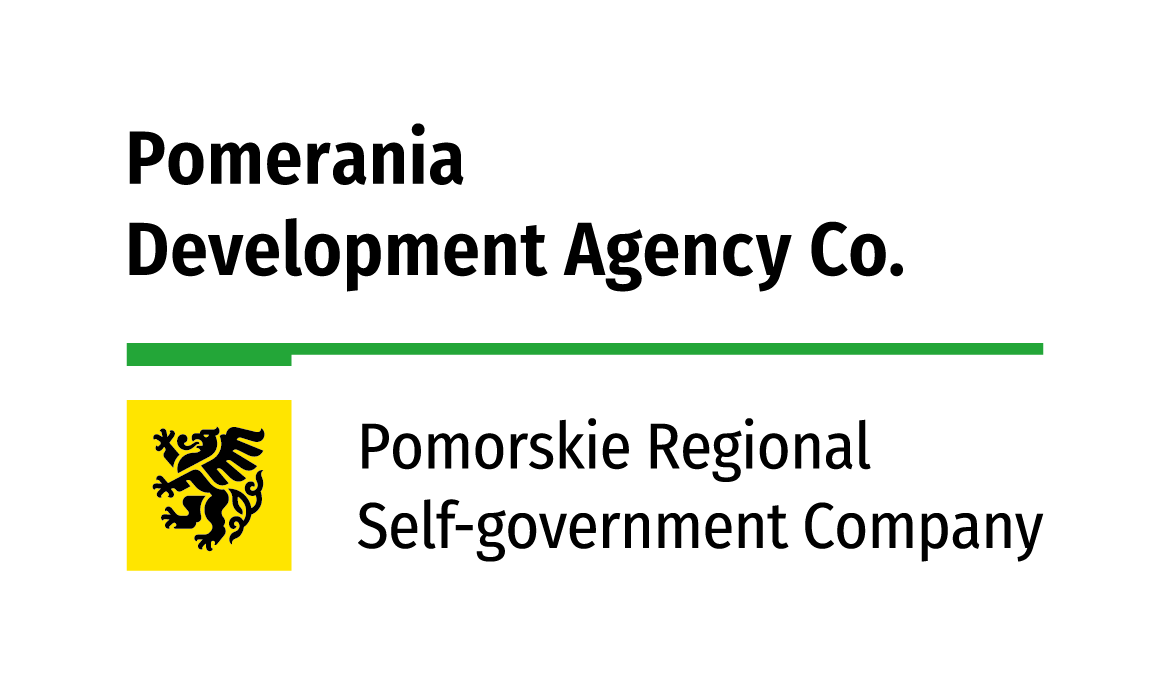Starting from the year 2025 and for the next two years, the Tricity will become the center for meetings of global leaders in the semiconductor production sector and related industries. The Industry Strategy Symposium Europe will be organized in Poland for the first time. This is a unique opportunity to showcase the potential of the Pomeranian region.
Poland and Pomerania are consistently building their position in the semiconductor world. Following Intel’s decision to locate a chip integration and testing facility in Miękinia, it is now time for the Industry Strategy Symposium (ISS), which gathers entrepreneurs and scientists from around the world every year. It is also a place that sets the direction for the development of the European supply chain.
Next ISS Europe in Poland – success and opportunity
So far, ISS has been organized in cities such as Berlin, Dublin, Brussels, and Paris. The selection of Sopot as the host for the next edition is a success of efforts to convince the sector of the potential of Eastern European countries. As a result, Poland has a chance to appear on the global map of the semiconductor industry.
– We consistently utilize the conclusions from the World Bank report prepared over a year ago for our region. The semiconductor industry was identified by independent experts as particularly important for the development of Pomerania. It is a fact that semiconductors are an essential element of technology in many sectors already developed in the region: automotive, medical, renewable energy, and consumer electronics – says Mieczysław Struk, Marshal of the Pomeranian Voivodeship.
The leaders of the semiconductor sector are Asian countries: Taiwan, China, and South Korea. Disruptions in supply chains related to the COVID-19 pandemic have led to more and more companies wanting to locate their activities in Europe. Investors are also looking for alternatives to traditionally associated countries such as Germany, the Netherlands, Belgium, and France. However, already during last year’s announcement by TSMC of the construction of a semiconductor factory in Dresden, the Financial Times warned of decreasing availability of workforce for the sector in Western Europe, especially in Saxony, known as the European Silicon Valley.
The complex situation in Western European countries favors the development of industry in other regions of our continent. Invest in Pomerania undertakes the broadest actions in Poland. The local government initiative coordinated by the Pomeranian Development Agency became the first member of SEMI in the country in June 2023. Thanks to the active promotion of the region, Sopot will host ISS in the next two years, and Invest in Pomerania will be the main partnerem of the most important event in the semiconductor industry in Europe.
Intel’s Investment in Poland is just the beginning
In June 2023, Intel announced a $4.6 billion investment in a semiconductor integration and testing facility. Additionally, for over 20 years, the largest Research and Development Center of the American giant in Europe has been operating in Gdańsk. This is a clear signal to the market that Poland is capable of conducting large-scale, comprehensive, advanced operations.
– I had the pleasure of visiting Gdańsk and I was deeply impressed by the city’s investment ambition. The human potential and clear plan for sustainable development for future generations in Pomerania are extraordinary and can inspire all SEMI members. Our industry strives to achieve ambitious investment goals and overcome the purchasing power crisis. The European microelectronics industry consistently works towards the continent’s economic growth, and in this context, cooperation with the Pomeranian ecosystem will be crucial in the coming years – comments Laith Altimime, President of SEMI Europe.
The Tricity agglomeration, with its transportation accessibility (road, rail, air, and sea), planned massive renewable energy initiatives (potentially up to 33 GW), and human resources potential (over 14,000 employees in the electronics sector and 2,500 graduates in related fields combined), is an extremely attractive location for the semiconductor industry throughout Central and Eastern Europe.
– We are not starting this race from scratch – says Anna Żukowska, responsible for promoting the semiconductor sector at Invest in Pomerania. – The region offers excellent opportunities for synergy between the semiconductor industry and electromobility and IT. We rank second in Europe in terms of STEM talent pool. The relocation of ISS to the Tricity proves that we have finally been noticed by the semiconductor industry, and our task is to bring concrete investments to fruition.
Topics of the last edition of ISS Europe
During the last edition of the symposium, which took place in March this year in Vienna, discussions were held on the path to achieving a milestone for the global semiconductor production market – $1 trillion in value. According to all forecasts, this is expected to occur as early as 2030. Representatives from companies such as Intel, Infineon, Bosch, and BMW addressed the challenges currently facing the industry in their presentations. Attention was drawn, among other things, to the lack of a sufficient number of workers and the necessity for the continuous adaptation of chip manufacturing technologies to the requirements of the contemporary market. There were debates on the future shape of international cooperation – the creation of a strong European semiconductor center that could balance the previous dominance of Asian countries in this market.
During the discussions, Mikołaj Trunin from Invest in Pomerania and Agnieszka Szweda from PAIH presented Poland’s potential in the perspective of semiconductor production development plans in Europe. Particular attention was paid to the highly developed mobility industry. Electric and autonomous vehicle systems require the use of an increasing number of electronic components. The synergy between the semiconductor and automotive industries can present a significant opportunity to accelerate the development of both sectors. Significant achievements in designing and implementing such solutions are made by Polish branches of Intel, Aptiv, and Umicore. Additionally, concepts for chips are being developed in Pomerania by Synopsys and Solidigm/SK Hynix. These are very solid foundations upon which to build the Polish link in the European supply chain.
Mikołaj Trunin also participated in a panel discussion on the resilience of the supply chain to unstable geopolitical situations. He elaborated on the topics raised in his initial presentation, namely, the synergy in the development of mobility, data storage, and wireless sectors in northern Poland, persuading that despite disturbances related to the pandemic and the war in Ukraine, the inflow of foreign investments to Pomerania is not decreasing. In response to doubts about the country’s energy capacity, he pointed to the forecasted potential of 18 GW achievable by 2040 solely from offshore wind farms.

